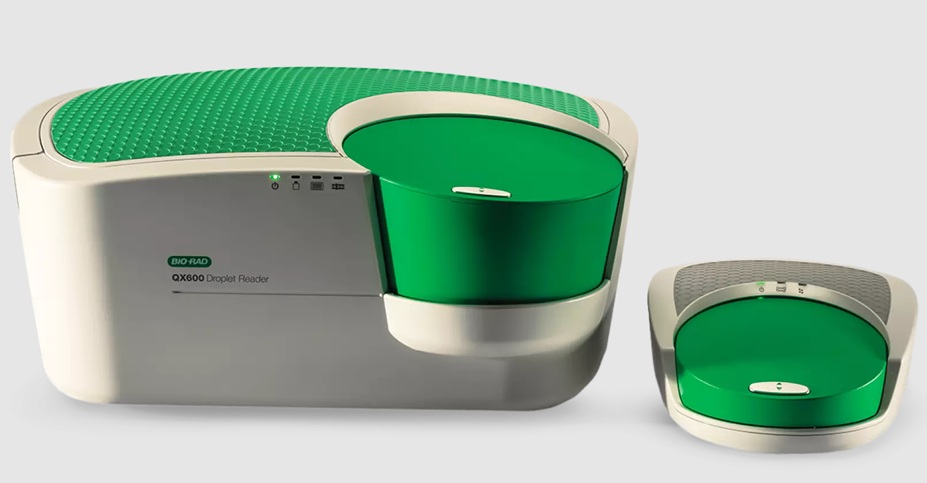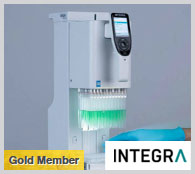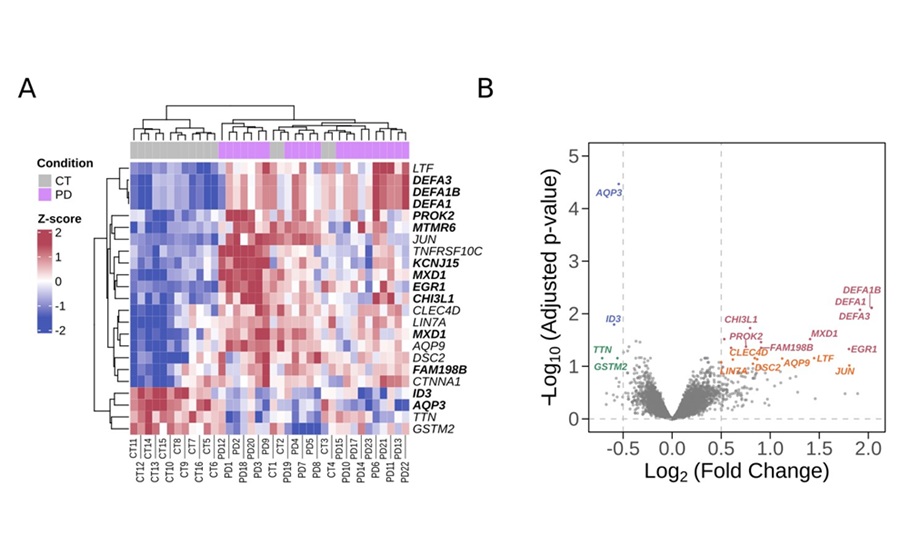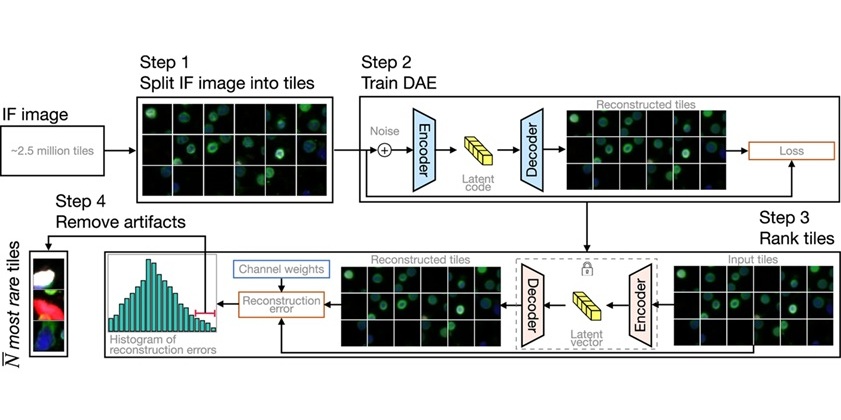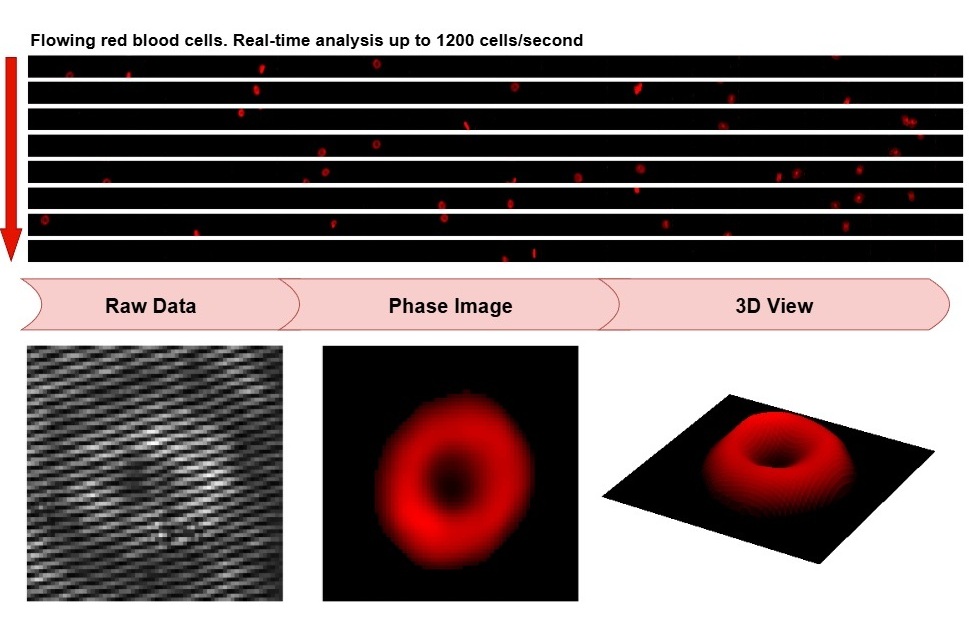Best Approach to Infectious Disease Serology Testing for Laboratorians and Clinicians Discussed at AACC 2023
|
By LabMedica International staff writers Posted on 27 Jul 2023 |

The understanding and interpretation of infectious disease serology tests can often perplex both laboratorians and clinicians. This confusion can lead to adverse effects on patient care and increased healthcare expenses. As labs are required to perform an increasing amount of testing without corresponding increase in staff or resources, lab directors could find themselves overseeing testing outside their specific area of knowledge. Similarly, clinicians are faced with a plethora of testing options and must learn to interpret unexpected results. Such trends could result in the misuse or misinterpretation of serologic assays used for diagnosing infectious diseases.
In an interesting session at AACC 2023, “Infectious Disease Serology: Are You Still Ordering That Test,” different speakers shared case studies, insightful experiences, and guidance on how to effectively manage infectious disease serology testing. Patricia Slev from ARUP Laboratories (Salt Lake City, UT, USA) began with a review of the evolution of infectious-disease testing and a basic explanation of the principles of serology testing for commonly found pathogens. She noted that as clinical assays and automation have improved, more testing options have emerged across various laboratory divisions. Despite certain serology tests becoming outdated, they are still being routinely requested. She cited Lyme disease testing as an example of this trend, offering guidance on how to navigate this complex diagnostic landscape.
This was followed by Elitza Theel from Mayo Clinic (Rochester, MN, USA) discussing the potential misuse and misinterpretation of serologic assays, with focus on the excessive testing often seen in infectious-disease cases. As a laboratory director, she deals with numerous such cases and presented strategies for optimizing diagnostic testing, using neurosyphilis as an example. She highlighted the overuse of specific tests in her lab on patients with little to no risk of syphilis, let alone neuroinvasive infection. Using data from her Venereal Disease Research Laboratory (VDRL) test utilization study, Theel intends to introduce a policy that necessitates a positive syphilis antibody blood-test result before any spinal-fluid test is allowed, a move that is expected to curb unnecessary testing. This strategy will likely enhance patient care, reduce healthcare costs, and assist clinicians in choosing the right tests.
The session concluded with Sarah Wheeler from the University of Pittsburgh Medical Center (Pittsburgh, PA, USA) underscoring the importance of stewardship in test utilization. She discussed the growing prevalence of nucleic acid testing (NAT), and the challenge it poses in choosing between NAT and serology for diagnosis. Wheeler used a high-cost viral meningoencephalitis CSF serology panel, regularly ordered at a pediatric center, as an example of a test that proved clinically unbeneficial over a year. She shared her methods to enhance test utilization, including the removal of the option to directly order certain tests. Attendees gained insight on the appropriate usage of infectious disease diagnostic assays and guidance on advising clinicians about test selection. The shared experiences from the speakers could assist laboratorians in implementing changes in their own clinical environments.
Related Links:
University of Pittsburgh Medical Center
ARUP Laboratories
Mayo Clinic
Latest AACC 2023 News
- First-of-Its-Kind Single-Cell Clinical Microbiology Platform Wins 2023 Disruptive Technology Award
- Ground-Breaking Phage-Based Diagnostic Kit for Laboratory Tuberculosis Testing Presented at AACC 2023
- Laboratory Experts Show How They Are Leading the Way on Global Trends
- Unique Competition Focuses on Using Data Science to Forecast Preanalytical Errors
- Breaking Research Throws Light on COVID, Flu, and RSV Co-Infections
- New Research Shows Self-Collected Tests Perform Similarly to Provider-Collected Tests for Detecting STIs
- AI Predicts Multiple Sclerosis Risk, Flags Potentially Contaminated Lab Results
- Scientific Session Explores Role of Technology in New Era of Specimen Transport
- Prevencio Presents AI-Driven Platform for Medical Diagnostic Test Development
- Scientific Session Explores Future Role of AI and ML in Clinical Laboratory
- SARSTEDT Demonstrates Pre-Analytic Innovations for Improving Specimen Quality, Reducing TAT and Automating Labs
- World's First Large Sample Volume, Open-Assay, Super-fast, Ultra-Sensitive, and Sample-To-Answer PCR Instrument
- Vital Biosciences Unveils Revolutionary POC Lab Testing Platform
- World's Smallest POC Device for Complete Blood Count in 30 Minutes Unveiled
- General Biologicals Unveils CTC Cancer Detection Products and Automated Molecular System
- Fapon Showcases Innovative Diagnostic and Biopharma Solutions
Channels
Clinical Chemistry
view channel
VOCs Show Promise for Early Multi-Cancer Detection
Early cancer detection is critical to improving survival rates, but most current screening methods focus on individual cancer types and often involve invasive procedures. This makes it difficult to identify... Read more
Portable Raman Spectroscopy Offers Cost-Effective Kidney Disease Diagnosis at POC
Kidney disease is typically diagnosed through blood or urine tests, often when patients present with symptoms such as blood in urine, shortness of breath, or weight loss. While these tests are common,... Read moreMolecular Diagnostics
view channel
First Direct Measurement of Dementia-Linked Proteins to Enable Early Alzheimer’s Detection
The disease process in Alzheimer’s begins long before memory loss or cognitive decline becomes apparent. During this silent phase, misfolded proteins gradually form amyloid fibrils, which accumulate in... Read more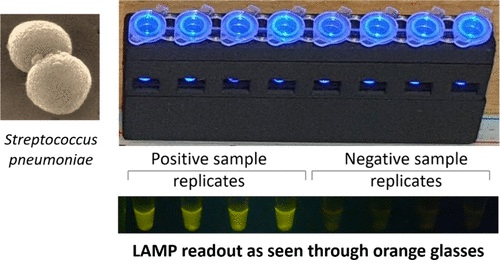
New Diagnostic Method Detects Pneumonia at POC in Low-Resource Settings
Pneumonia continues to be one of the leading causes of death in low- and middle-income countries, where limited access to advanced laboratory infrastructure hampers early and accurate diagnosis.... Read moreHematology
view channel
ADLM’s New Coagulation Testing Guidance to Improve Care for Patients on Blood Thinners
Direct oral anticoagulants (DOACs) are one of the most common types of blood thinners. Patients take them to prevent a host of complications that could arise from blood clotting, including stroke, deep... Read more
Viscoelastic Testing Could Improve Treatment of Maternal Hemorrhage
Postpartum hemorrhage, severe bleeding after childbirth, remains one of the leading causes of maternal mortality worldwide, yet many of these deaths are preventable. Standard care can be hindered by delays... Read more
Pioneering Model Measures Radiation Exposure in Blood for Precise Cancer Treatments
Scientists have long focused on protecting organs near tumors during radiotherapy, but blood — a vital, circulating tissue — has largely been excluded from dose calculations. Each blood cell passing through... Read moreImmunology
view channel
Chip Captures Cancer Cells from Blood to Help Select Right Breast Cancer Treatment
Ductal carcinoma in situ (DCIS) accounts for about a quarter of all breast cancer cases and generally carries a good prognosis. This non-invasive form of the disease may or may not become life-threatening.... Read more
Blood-Based Liquid Biopsy Model Analyzes Immunotherapy Effectiveness
Immunotherapy has revolutionized cancer care by harnessing the immune system to fight tumors, yet predicting who will benefit remains a major challenge. Many patients undergo costly and taxing treatment... Read moreMicrobiology
view channel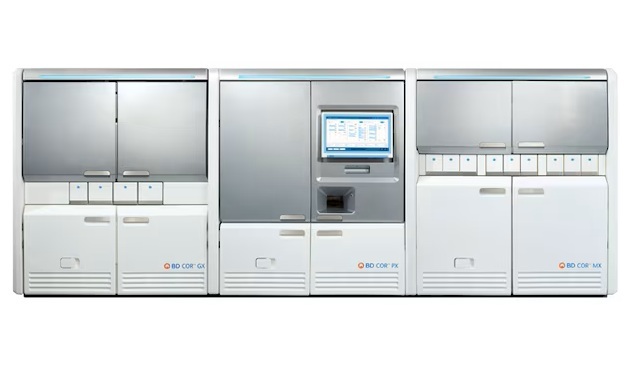
High-Throughput Enteric Panels Detect Multiple GI Bacterial Infections from Single Stool Swab Sample
Gastrointestinal (GI) infections are among the most common causes of illness worldwide, leading to over 1.7 million deaths annually and placing a heavy burden on healthcare systems. Conventional diagnostic... Read more
Fast Noninvasive Bedside Test Uses Sugar Fingerprint to Detect Fungal Infections
Candida bloodstream infections are a growing global health threat, causing an estimated 6 million cases and 3.8 million deaths annually. Hospitals are particularly vulnerable, as weakened patients after... Read morePathology
view channel
New Molecular Analysis Tool to Improve Disease Diagnosis
Accurately distinguishing between similar biomolecules such as proteins is vital for biomedical research and diagnostics, yet existing analytical tools often fail to detect subtle structural or compositional... Read more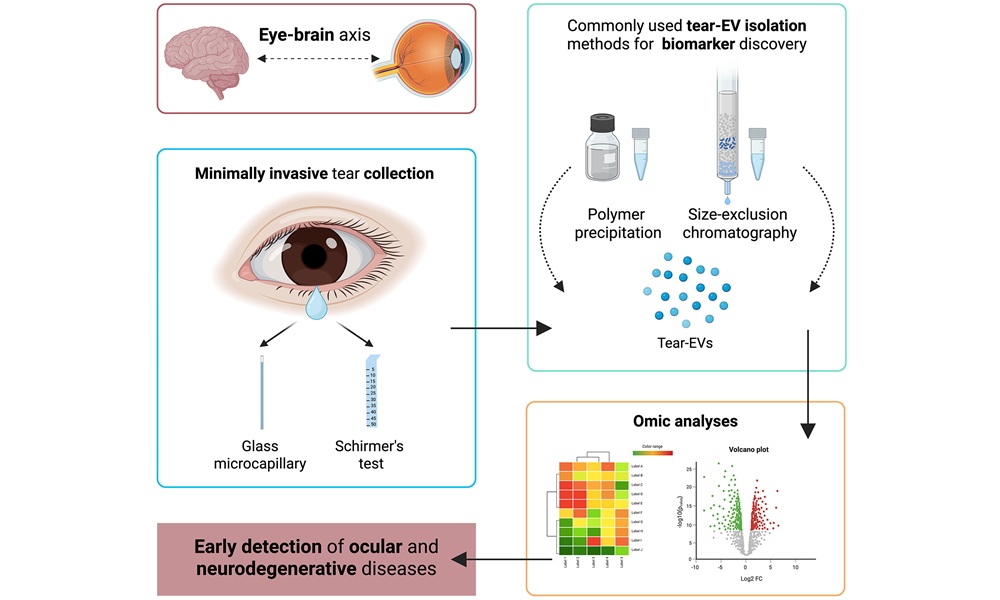
Tears Offer Noninvasive Alternative for Diagnosing Neurodegenerative Diseases
Diagnosing and monitoring eye and neurodegenerative diseases often requires invasive procedures to access ocular fluids. Ocular fluids like aqueous humor and vitreous humor contain valuable molecular information... Read moreTechnology
view channel
Portable Biosensor Diagnoses Psychiatric Disorders Using Saliva Samples
Early diagnosis of psychiatric disorders such as depression, schizophrenia, and bipolar disorder remains one of medicine’s most pressing challenges. Current diagnostic methods rely heavily on clinical... Read more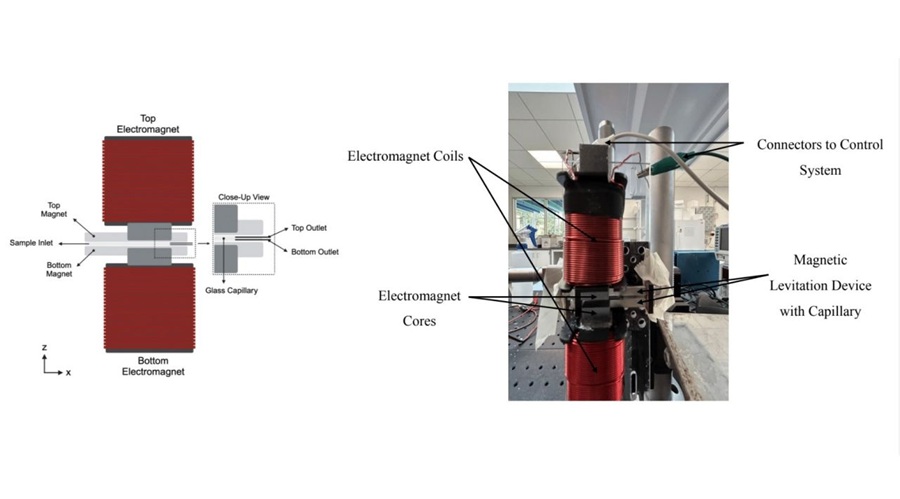
Cell-Sorting Device Uses Electromagnetic Levitation to Precisely Direct Cell Movement
Sorting different cell types—such as cancerous versus healthy or live versus dead cells—is a critical task in biology and medicine. However, conventional methods often require labeling, chemical exposure,... Read moreIndustry
view channel
Qiagen Acquires Single-Cell Omics Firm Parse Biosciences
QIAGEN (Venlo, Netherlands) has entered into a definitive agreement to fully acquire Parse Biosciences (Seattle, WA, USA), a provider of scalable, instrument-free solutions for single-cell research.... Read more
Puritan Medical Products Showcasing Innovation at AMP2025 in Boston
Puritan Medical Products (Guilford, ME, USA), the world’s most trusted manufacturer of swabs and specimen collection devices, is set to exhibit at AMP2025 in Boston, Massachusetts, from November 11–15.... Read more
Advanced Instruments Merged Under Nova Biomedical Name
Advanced Instruments (Norwood, MA, USA) and Nova Biomedical (Waltham, MA, USA) are now officially doing business under a single, unified brand. This transformation is expected to deliver greater value... Read more